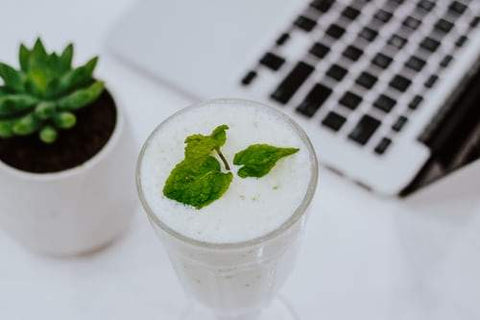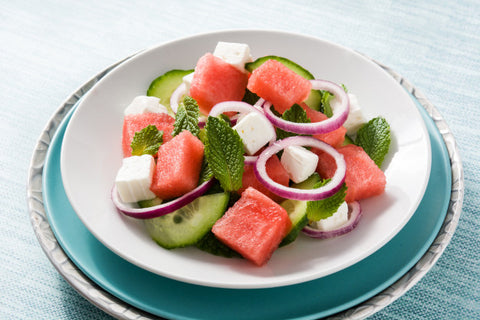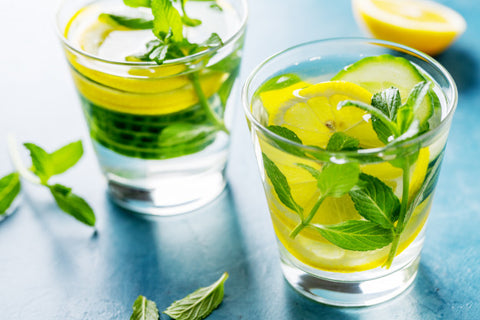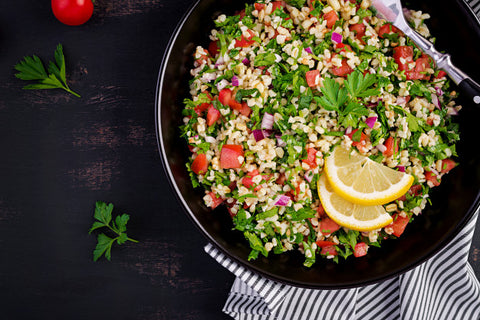- Jan 17, 2018
- Diet
Why you should eat more mint
AUTHOR - DR.DAVID JACK
Mint aids digestion, relieves congestion of the respiratory tract and helps to lower blood pressure. This is all down to the content of Vitamin C, beta carotene, copper, iron, potassium, magnesium, and iron found within the mint.
Here are our favourite ways to incorporate mint into our diet:
- Make your own flavoured yogurts
- Salads
- Smoothies and flavoured waters
- Couscous
- Mint sauce
Make your own flavoured yogurts

Add mint to greek yogurt with fresh fruit - mint and strawberries work particularly well together, as do mint and pineapple. If you're always finding your fresh fruit is going off, you can now buy good quality frozen bags of mixed fruit which are designed especially for smoothies and yogurt.
In salads

Tear up some mint leaves and add to any base of lettuce leaves for a healthy salad. Steer clear of creamy dressings, try flavored vinegar instead. Our recent discoveries have been chocolate and chili vinegar, and passionfruit.
In smoothies and flavoured waters

Mint is a great addition to fruit smoothies, juices, and water. Cucumber and mint is a classic combination for flavored water. Or mix it up and try pineapple and mint.
In couscous

Mint works well for flavoring couscous. Mix it with lemon, roast red onion, and pine nuts. Perfect with tagines - or as an alternative to rice, serve it with curry.
Mint sauce

Mint sauce is a great accompaniment for lamb but goes well with other meats too. Grind up some mint with some sugar in a mortar and pestle and add some malt vinegar - it couldn't be easier to make your own mint sauce!











